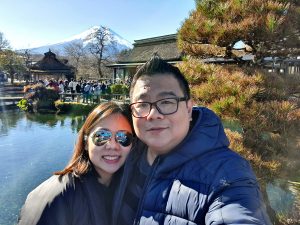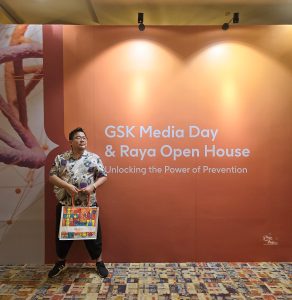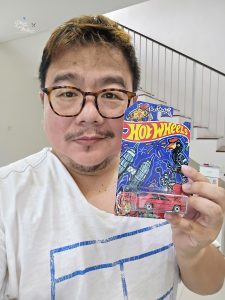Hopo Museum by Dato’ Sri Chong Ket Pen
4 min readHopo Museum by Dato’ Sri Chong Ket Pen
The story of the Chinese community in Malaysia is an interesting one. Malaysia is the home of the second largest Chinese community out of China. The Chinese community is the 2nd largest race group in Malaysia with around 20% population of Malaysia. The origin of the Chinese community is from all over China. The Chinese community in Malaysia is also separated to various speaking groups such as Hokkien, Hainanese, Hakka, Teochew and Cantonese. Take me for an example, my dad is a Hokkien while my mother is Hainanese and my late grandma is Hakka. In comes to Chinese community in Malaysia, we are quite diversified instead of having one huge dialect in the country.

Recently, I was invited to visit the Hopo Museum in Pudu. I never heard of Hopo before this and after visiting the museum, I learn so much about them. Hopo is one of the sub-linguistic groups of Hakka. Like other Chinese communities in Malaysia, they migrated from China over one hundred year ago. According to Chairman of Malaysia Hopo Cultural Fund Dato’ Sri Chong Ket Pen, Hopo people migrated to Malaya from Jiexi (eastern Guangdong China) about 200 years ago. Due to the tough condition and poverty in China back then, many chose to ‘try their luck’ in other countries. The Hopo people sailed in the sea for weeks before they reached Malaya, Borneo, Indonesia and Thailand.
In Sarawak, Hopo people mostly worked in pepper farms and a number of them are quite successful in their field. For Hopo people in Peninsula Malaysia, they involved in agricultural as well as mining during the heyday of tin mining.
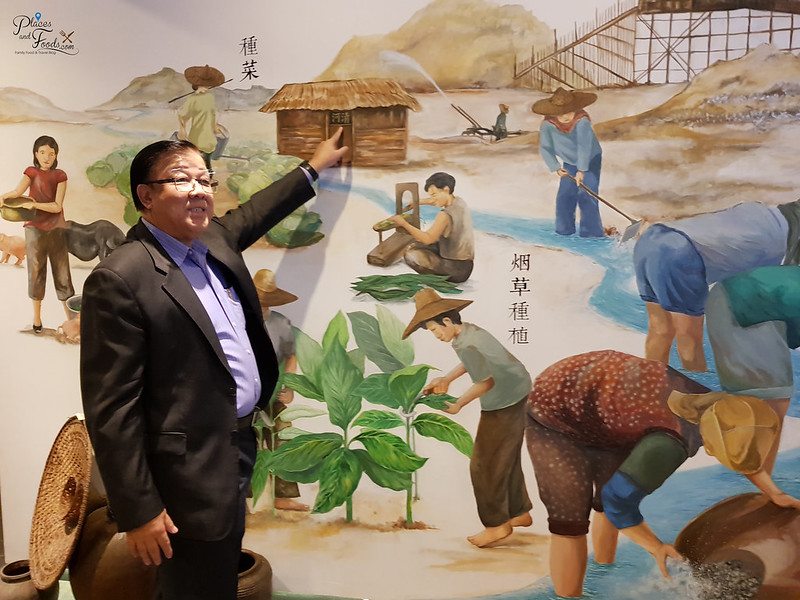
Hopo people now is not like it used to be. There are many success stories behind Hopo community now after years of hard work and perseverance.
There are some cool facts about Hopo community you might interested to know.
Hopo Community Worldwide
There are 3 million Hopo people worldwide and there are half a million Hopo people in Malaysia. In China there are 1 million Hopo people. Most Hopo people are residing in Pontianak in Indonesia. The former Jakarta Governor, Ahok is a Hopo descendent and most Hopo people bear surnames such as Liew, Chong, Wong and Chai.
Hopo Food
The Hopo food is similar to Hakka food for sure. They have some interesting Hopo dishes that we might not even heard of. This is something new I learn about Hopo community in Malaysia.

Lui Cha (擂茶)

For foodies, they should know what is Lui Cha or also known as Lei Cha. It is one of the healthiest Chinese dish you can find in Malaysia in Hakka restaurants. It is a vegetarian dish with a huge bowl of rice with vegetables and poured with blended ‘green tea’ broth. Traditionally, the vegetables, tea leaves, roasted nuts, roasted grains, and herbs were pounded into paste with pestle and mortar. Then it is added with hot water and poured the ‘green tea’ broth into the rice. This dish is either you love it or hate it. The taste is immense with tea and herbs and it comes with crunchy textures of the nuts.
Yong Tau Fu
You often hear people say about Hakka Yong Tau Fu. The origin of Yong Tau Fu is from Hakka community and of course Hopo too. The stuffed beancurd with marinated minced meat is part of Hopo cuisine. It is usually deep fried to slight golden brown. Nowadays, they add either ‘salted fish’ or ‘jor hau yu’ into the minced meat for added flavour.
Hopo Dumpling
This has the similarity of Teo Chew dumpling but the shape, colour and the filling is different. The skin is whitish and thicker and this is quite enjoyable. Not as greasy as Teo Chew dumpling and healthier version.
In general, the Hopo food is mostly vegetarian and maybe it is because it easier and cheaper back then. Like my late grandma told me, you don’t get to eat meat until it is a big celebration.
Hopo Lion Dance
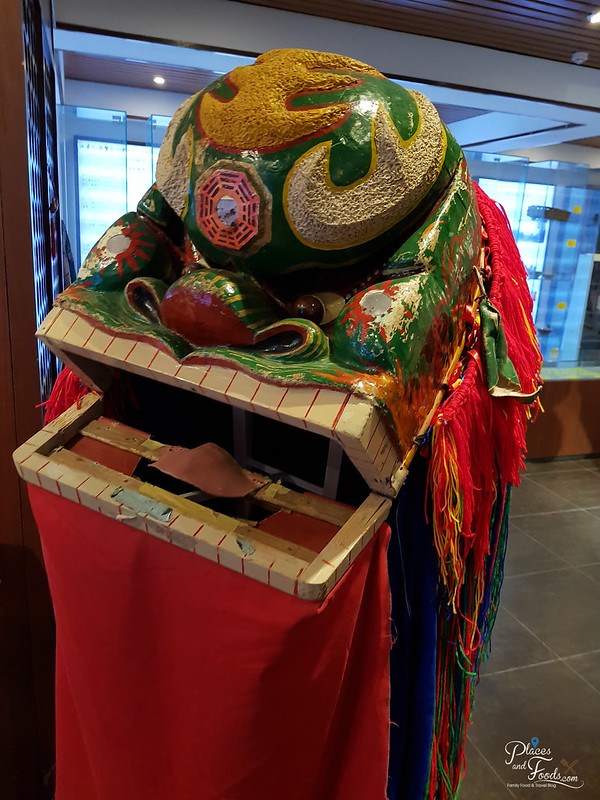
This is one of the most unique lion dance I’ve seen. It is not the ordinary ‘lion’s you see out there. If you noticed that the material they use for the lion is all recycled materials. This is something different than the usual ‘lion’s.
If you want to know more about Chinese community origin and culture, Hopo Museum is a must visit. This is something that even we locals didn’t know. The Hopo Museum is a great initiative to preserve the history, the culture and the story of the Hopo community for the current and future generations.
Hopo Museum Address and Contact:
Hopo Cultural Museum
65 & 67, 1st Floor, Wisma Hopo,
Changkat Thambi Dollah, Off Jalan Pudu,
55100 Kuala Lumpur, Malaysia
Tel: 03-2148 6567


